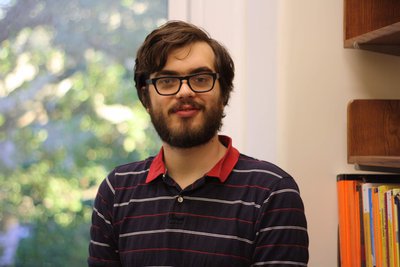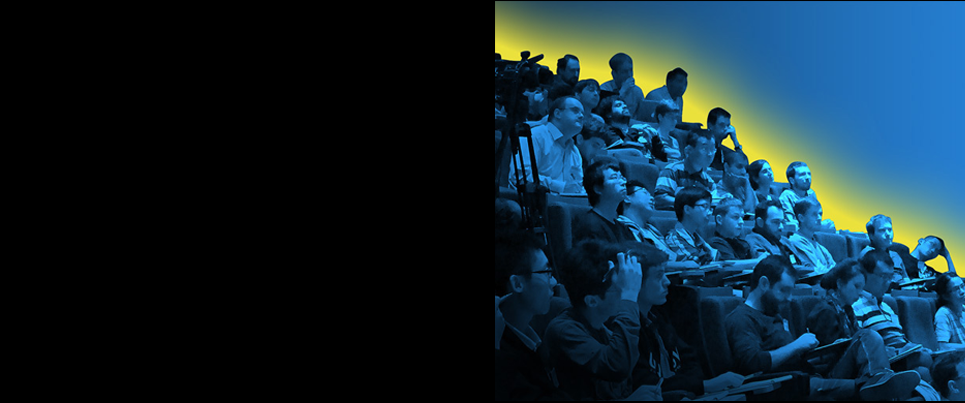2024 Maria Colombo
"Flows of irregular vector fields in fluid dynamics"
Abstract: Given a vector field in the euclidean space, the classical Cauchy-Lipschitz theorem shows existence and uniqueness of its flow provided the vector field is sufficiently smooth. The theorem looses its validity as soon as the vector field is slightly less regular. However, in 1989, Di Perna and Lions introduced a generalized notion of flow, consisting of a suitable selection among the trajectories of the associated ODE, and they showed existence, uniqueness and stability for this notion of flow for much less regular vector fields. The course presents a modern view, new results and open problems in the context of flows of irregular vector fields. We develop, in this framework, recent ideas and techniques such as quantitative regularity estimates on the flow of Sobolev vector fields, nonuniqueness of solutions via convex integration, similarity constructions, mixing, enhanced and anomalous dissipation. Such ideas have been proved useful to study nonlinear PDEs as well and we apply these results and techniques in the context of the mathematical understanding of phenomena in fluid dynamics, in particular for the Euler and Navier-Stokes equations and in relation to the Kolmogorov theory of turbulence.

2023 Will Sawin
"Number theory over function fields"
Abstract: Since Weil, mathematicians have understood that there is a deep analogy between the ordinary integers and polynomials in one variable over a finite field, as well as between number fields and the fields of functions on algebraic curves over finite fields. Using this, we can take classical problems in number theory and consider their analogues involving polynomials over finite fields, to which new geometric techniques can be applied that aren't available in the classical setting. In this course, I will survey recent progress on such problems.
Specifically, I will try to highlight how the geometric perspective produces connections to other areas of mathematics, including how the circle method for counting solutions to Diophantine equations can be used to study the topology of moduli spaces of curves in varieties, how geometric approaches to the Cohen-Lenstra heuristics and their generalizations motivate new results of a purely probabilistic nature, and how the analytic theory of automorphic forms over function fields is connected to geometric Langlands theory.






